
Nuodeng Ancient Village is located in the deep mountains of Yunlong County, Dali Bai Autonomous Prefecture, Yunnan Province. It is a Bai ethnic village with a history of over two thousand years. This ancient village flourished because of salt and was once an important salt well distribution center and a key post on the Tea Horse Road in western Yunnan.
Unlike other famous ancient towns in Yunnan, Nuodeng has maintained its primitive appearance and has not been over-commercialized. Over 1,000 households are scattered across hillsides ranging from 1,900 to 2,400 meters above sea level. Hundreds of ancient buildings from the Ming and Qing dynasties are built along the mountainside in an orderly fashion, with winding stone paths forming a three-dimensional "ancient architecture museum" panorama.
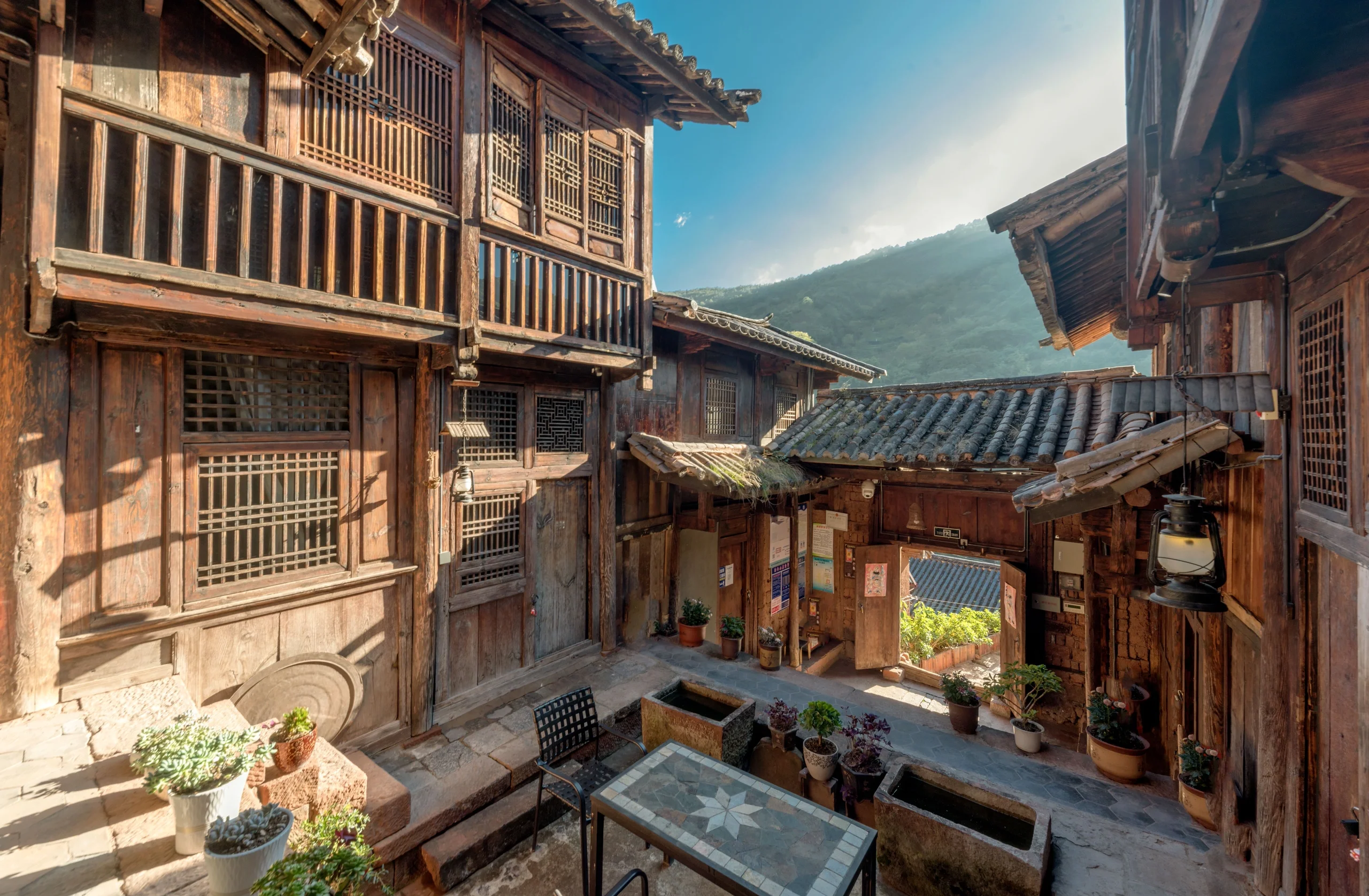
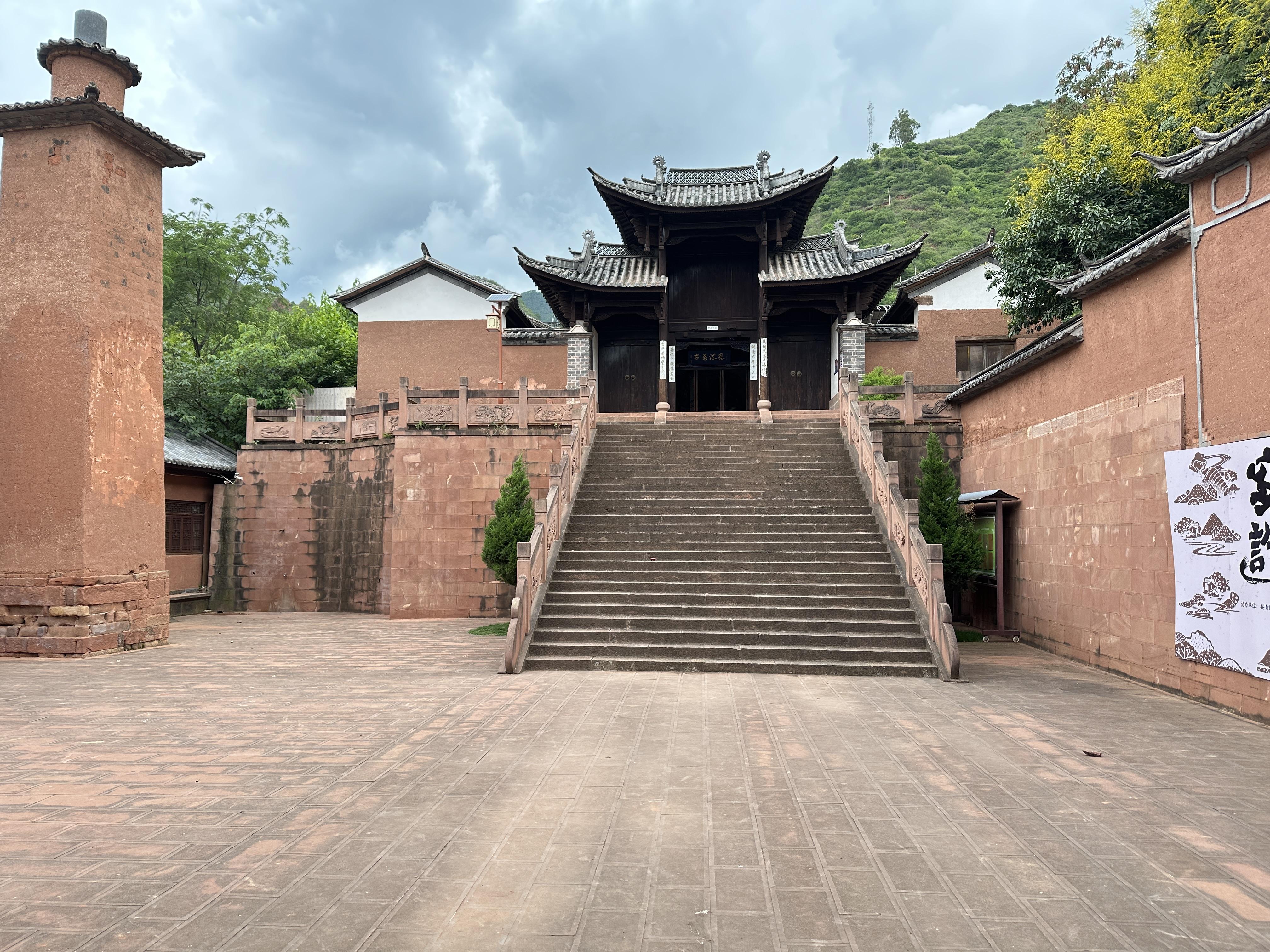
Nuodeng's history dates back to the Western Han Dynasty, when it was called "Bisu" and was one of the earliest established counties in Yunnan. Due to its production of high-quality well salt, Nuodeng became an economic center and military stronghold in ancient western Yunnan. Throughout history, competition for salt resources never stopped, creating Nuodeng's unique phenomenon of multicultural integration.
Today, Nuodeng Ancient Village attracts more and more tourists and cultural scholars with its well-preserved ancient architecture, unique Bai ethnic culture, and world-famous "Nuodeng Ham." In 2007, Nuodeng Ancient Village was named a "China Historical and Cultural Village" and has become an important living fossil for studying Yunnan's salt industry history, Bai ethnic culture, and Tea Horse Road culture.
Although Nuodeng Ancient Village is not large, it is rich in historical sites, from salt well ruins to ancient temples, from Ming and Qing dwellings to stone roads. Every place carries a thousand years of historical memory. Walking through the ancient village feels like traveling through time back to the prosperous era when it flourished because of salt.
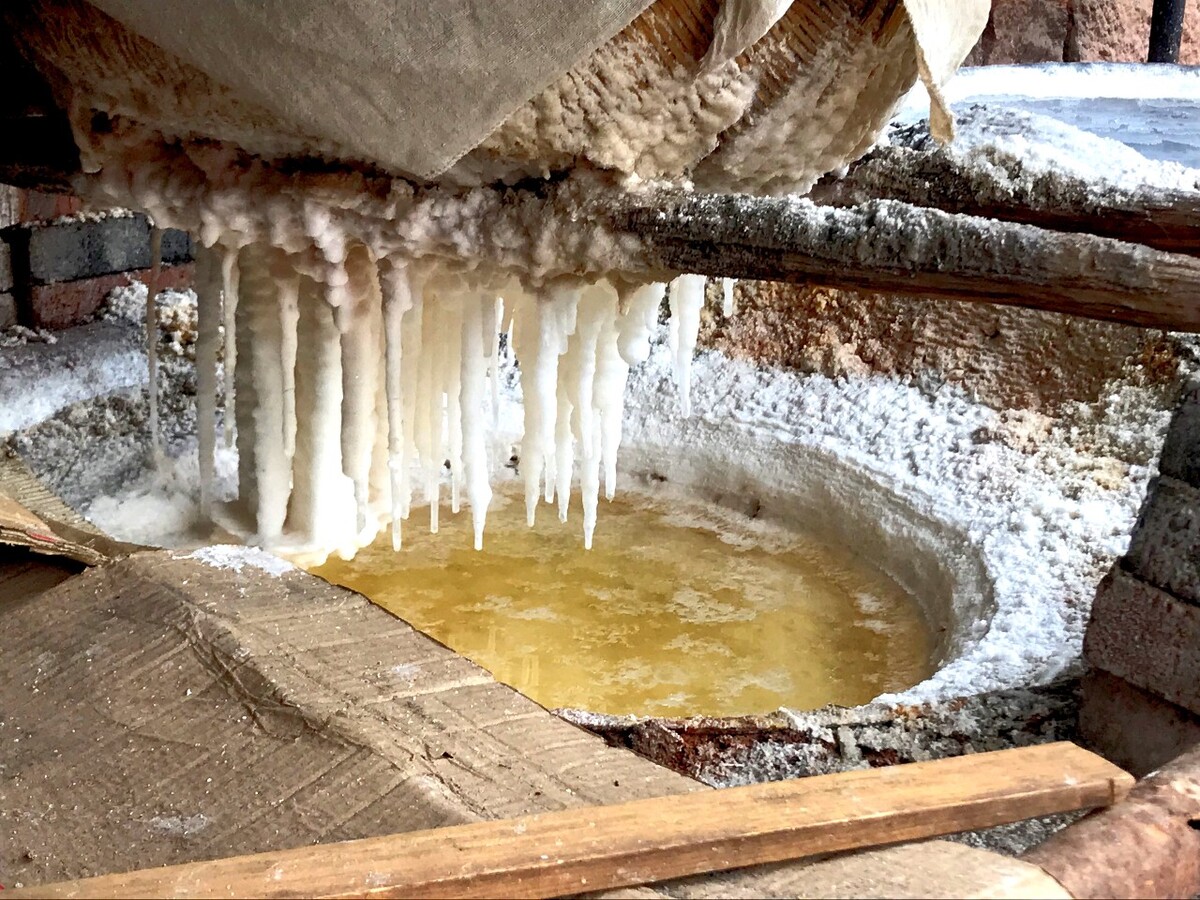
The birthplace and lifeline of Nuodeng Ancient Village, known as the "thousand-year salt well." Remains of salt wells, salt stoves, and salt workshops are preserved, displaying the evolution of salt-making techniques from the Western Han Dynasty to modern times. The well salt produced here is rich in potassium and is a key raw material for making the famous Nuodeng Ham.
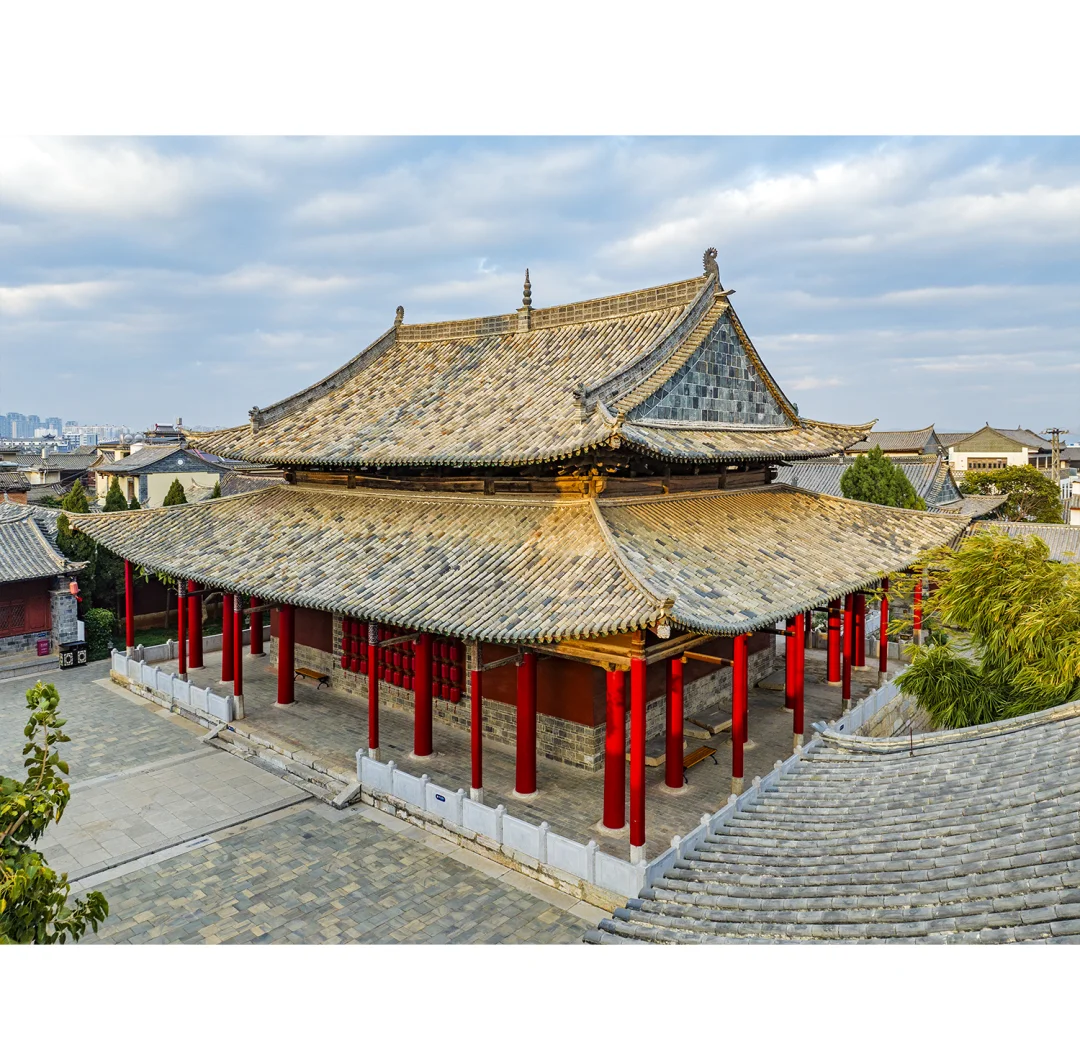
Representative of Nuodeng's ancient architecture, built during the Jiajing period of the Ming Dynasty. Composed of Yuhuang Pavilion, Confucian Temple, Martial Temple, and Kuixing Pavilion. The architectural style combines Bai ethnic traditions with Central Plains culture, featuring exquisite wood and stone carvings, making it an important physical object for studying Ming Dynasty architectural art.
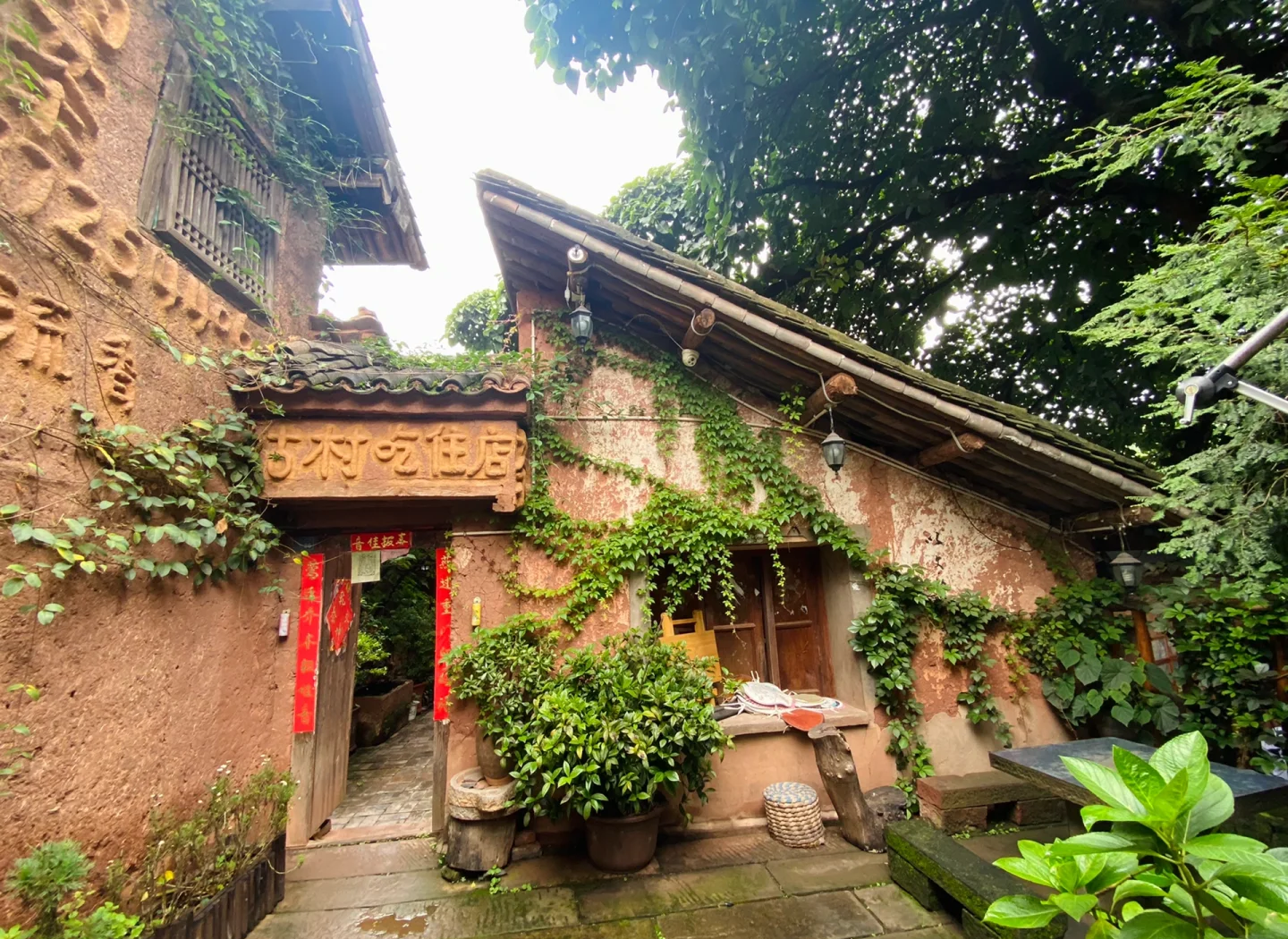
The best-preserved traditional residential area in Nuodeng Ancient Village, centered around the large green tree at the village entrance. It features dozens of Bai ethnic dwellings from the Ming and Qing Dynasties to the Republic of China period. Most of these buildings follow the "three rooms and one screen wall" and "four courtyards with five skylights" layouts, with exquisite wood and brick carvings showcasing the essence of Bai ethnic architectural art.
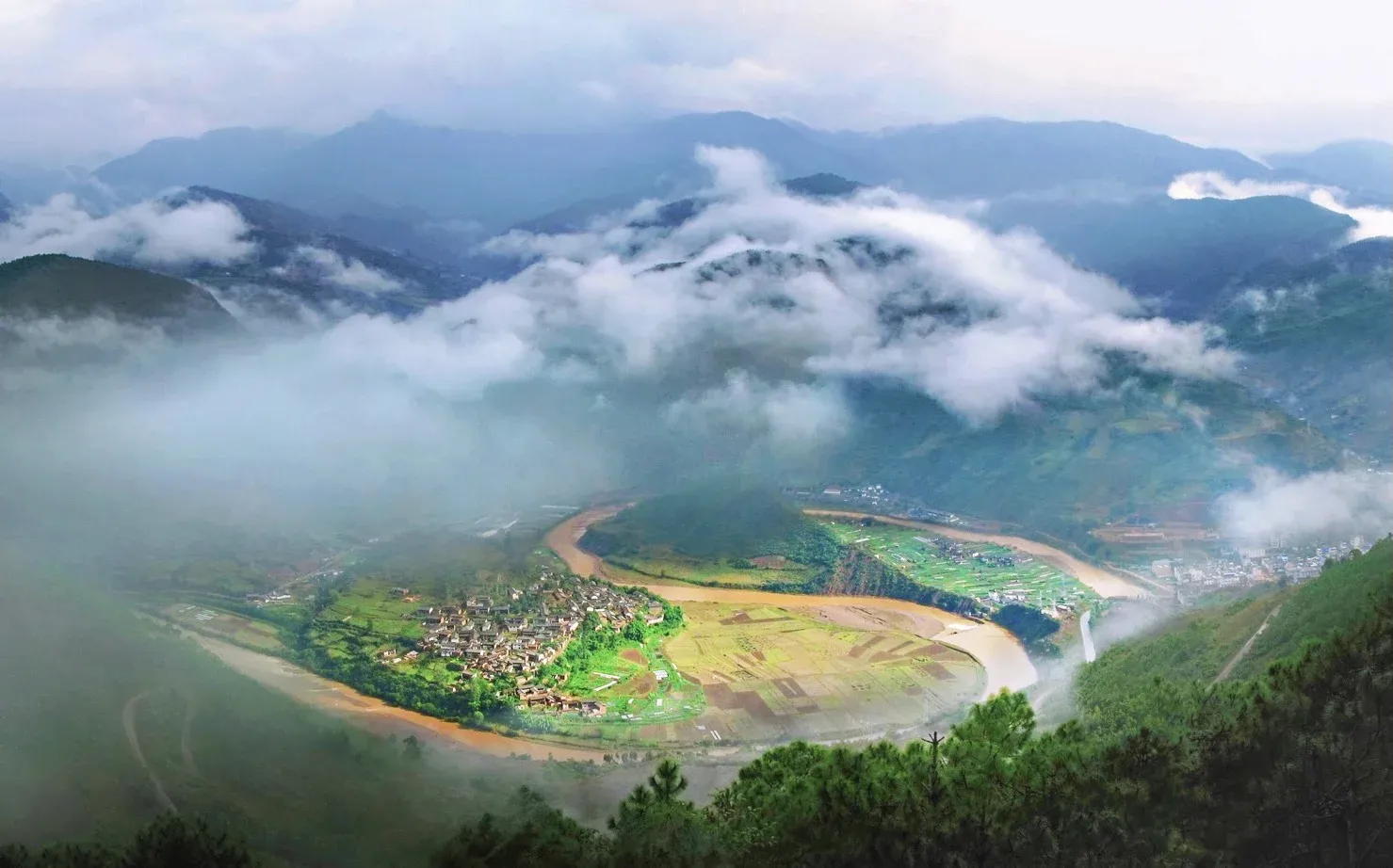
Located on the western hilltop of the village, it is the best place to overlook the entire Nuodeng village and the "Taiji Water Locking" wonder. From here, you can see the Nuodeng River flowing around the village, forming a natural Taiji pattern, with the ancient village located exactly at the "yang" point of the Taiji, embodying the perfect combination of ancient feng shui concepts and natural environment.
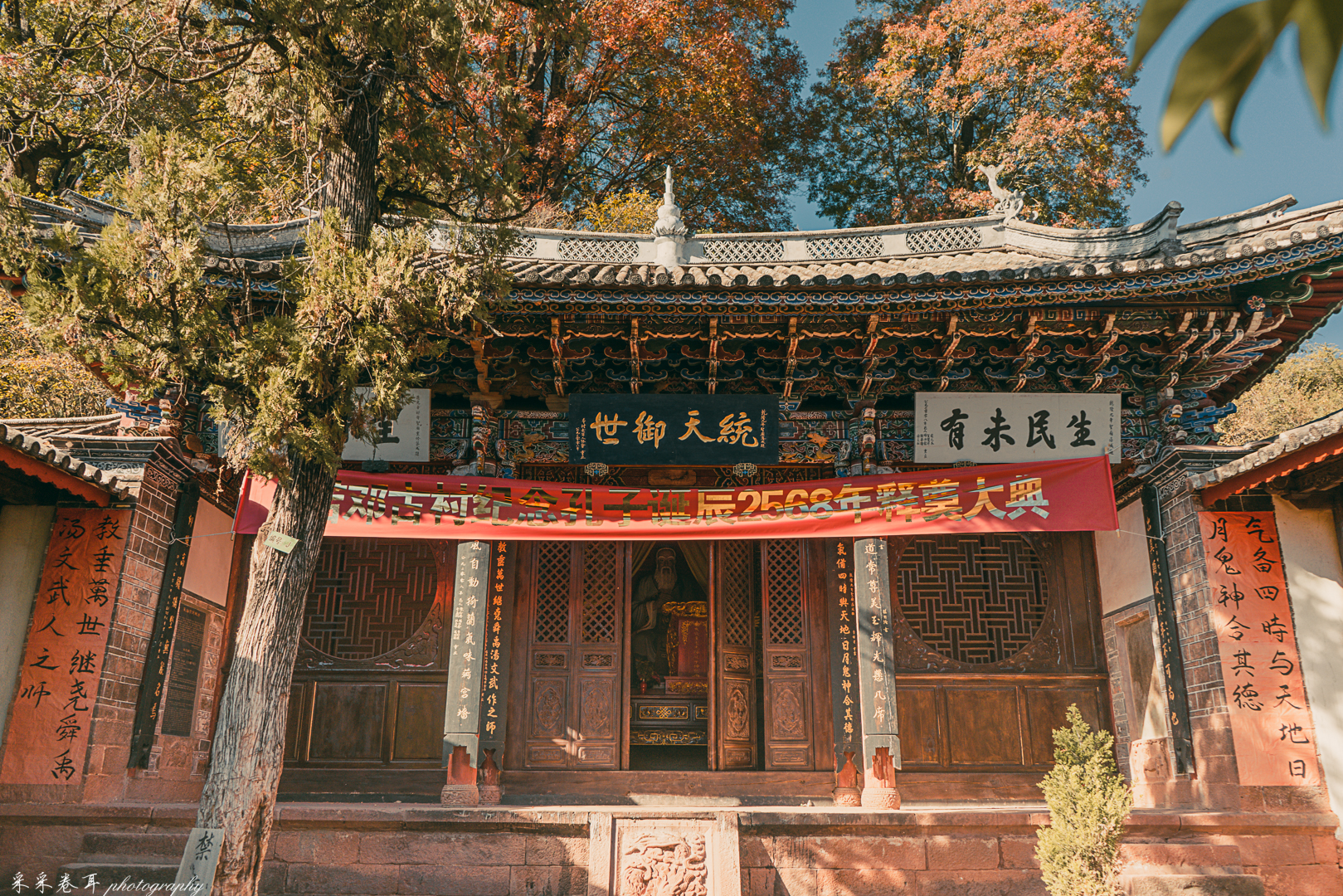
Located halfway up the eastern mountain slope of the village, it was first built during the Tang Dynasty, with the existing buildings reconstructed during the Qing Dynasty. The temple is built against the mountain with a magnificent momentum. Inside the temple, there are well-preserved Ming Dynasty murals and Qing Dynasty stone inscriptions. The God of Wealth Hall was an important place where local salt merchants and caravans prayed for prosperous business, reflecting Nuodeng's history of prosperity through salt.
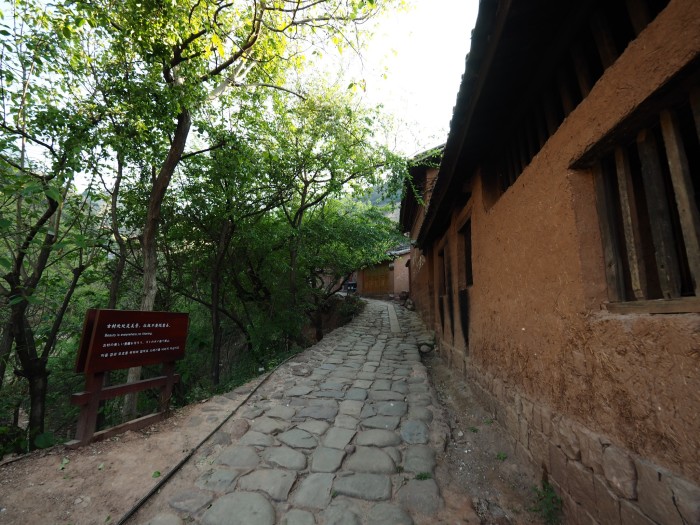
Nuodeng was an important station on the Tea Horse Road. The village preserves several sections of ancient post roads paved with stone slabs, with clearly visible horse hoof prints on the road surface, witnessing the busy scene of caravans coming and going in the past. Among them, the "Daqingshu Slope" and "Salt Well Slope" sections are the best preserved, making them excellent places to experience the ancient road culture.
Nuodeng Ancient Village is an important carrier of Bai ethnic culture. Here, ancient Bai ethnic traditional customs, language, handicrafts, and lifestyles have been completely preserved, providing valuable material for the study of Bai ethnic culture.
Nuodeng Ham is one of the three famous hams in Yunnan and became widely known after being featured in CCTV's "A Bite of China." The birth of this delicacy is closely related to Nuodeng's salt industry history, and its unique flavor comes from the local well salt and climatic conditions.
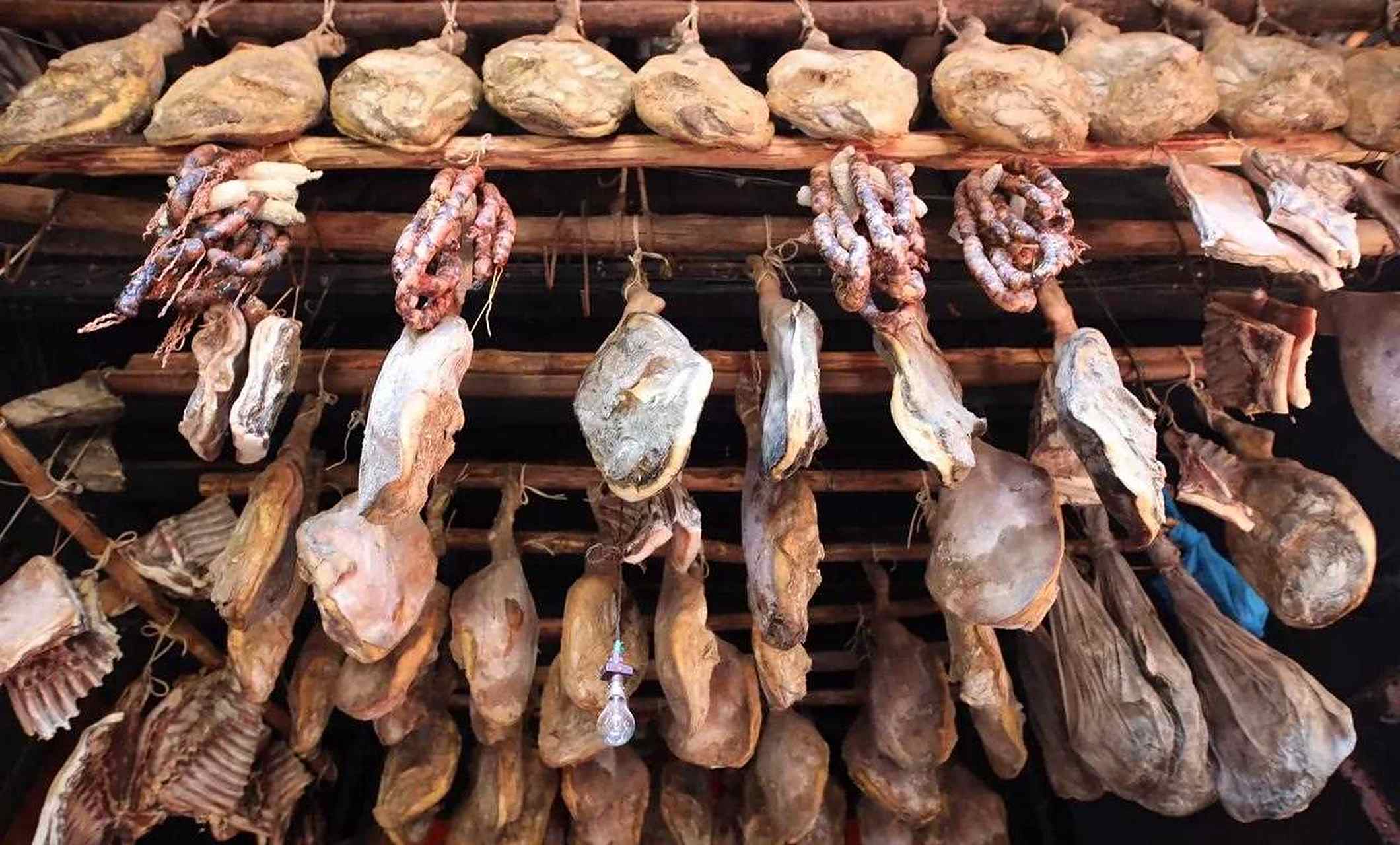
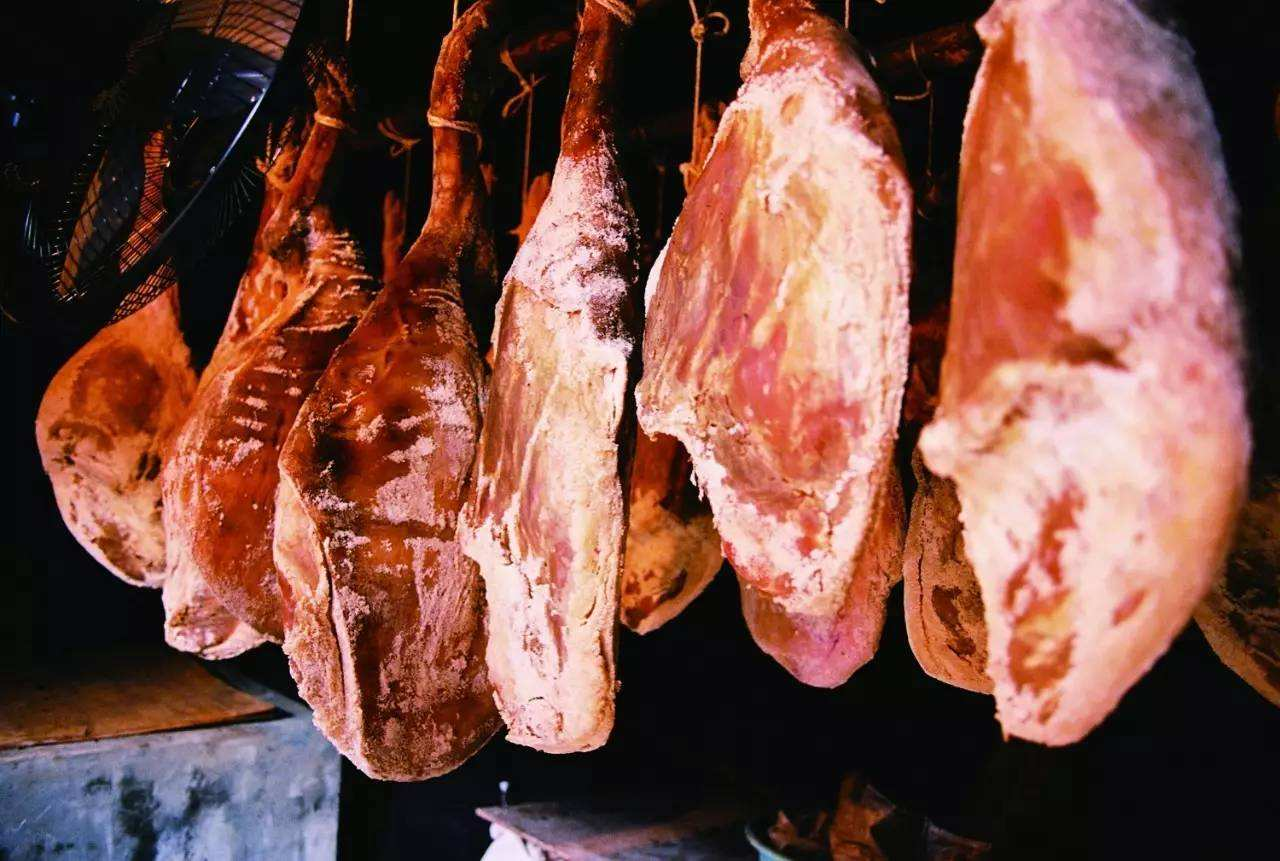
Nuodeng Ham is made from locally free-range Wujin pigs, salted with Nuodeng's unique well salt, and naturally air-dried for more than three years. The unique production process and climatic conditions make Nuodeng Ham tender, aromatic, and moderately salty, becoming a rare delicacy. In Nuodeng Village, tourists can visit ham production processes and taste authentic Nuodeng Ham dishes.
In addition to ham, Nuodeng has many other featured foods worth trying, most of which are related to local products and lifestyle:
| Spring (Mar-May) | Beautiful flowers, pleasant climate |
| Summer (Jun-Aug) | More rainfall, lush greenery |
| Autumn (Sep-Nov) | Best season, clear sky |
| Winter (Dec-Feb) | Lower temperatures, occasional snow |
Morning: Salt Well Site → Daqingshu Residential Complex → Yuhuang Pavilion
Noon: Taste Nuodeng Ham special lunch
Afternoon: Xiangshan Temple → Tea Horse Road Relics → Taiji Water Locking View
D1: Same as the one-day tour route, stay in ancient village
D2: Visit ham production workshop → Hike surrounding mountain roads → Participate in Bai ethnic farming activities
Yunlong County, Dali Bai Autonomous Prefecture, Yunnan Province
Founded in Western Han Dynasty, over 2000 years old
Built on mountains, well-preserved, orderly layout
Mainly from Ming and Qing Dynasties to Republic of China
China Historical and Cultural Village
Predominantly Bai, multi-ethnic coexistence
Nuodeng Ham, Well Salt, Walnuts, Honey
Ancient village exploration, ham making, Bai ethnic home visits
Nuodeng Salt Well is one of the earliest developed salt wells in Yunnan. Since the Western Han Dynasty, it has been an important salt industry center in western Yunnan, with significant impact on Yunnan's historical development
Nuodeng Ham uses local well salt for curing, requires no refrigeration, naturally air-dried for over three years, rich in amino acids, with unique flavor and rich nutrition
Nuodeng dwellings blend Bai "three rooms and one screen wall" with mountain architectural characteristics, emphasizing feng shui concepts, with exquisite wood carving and painting techniques
As an important station on the Salt Horse Road, Nuodeng connected Dali, Lijiang, Nu River and other places, serving as an important trade hub in ancient western Yunnan
Nuodeng Bai ethnic group has preserved complete Benzhu worship, traditional festivals and living customs, serving as an important sample for studying Bai ethnic culture